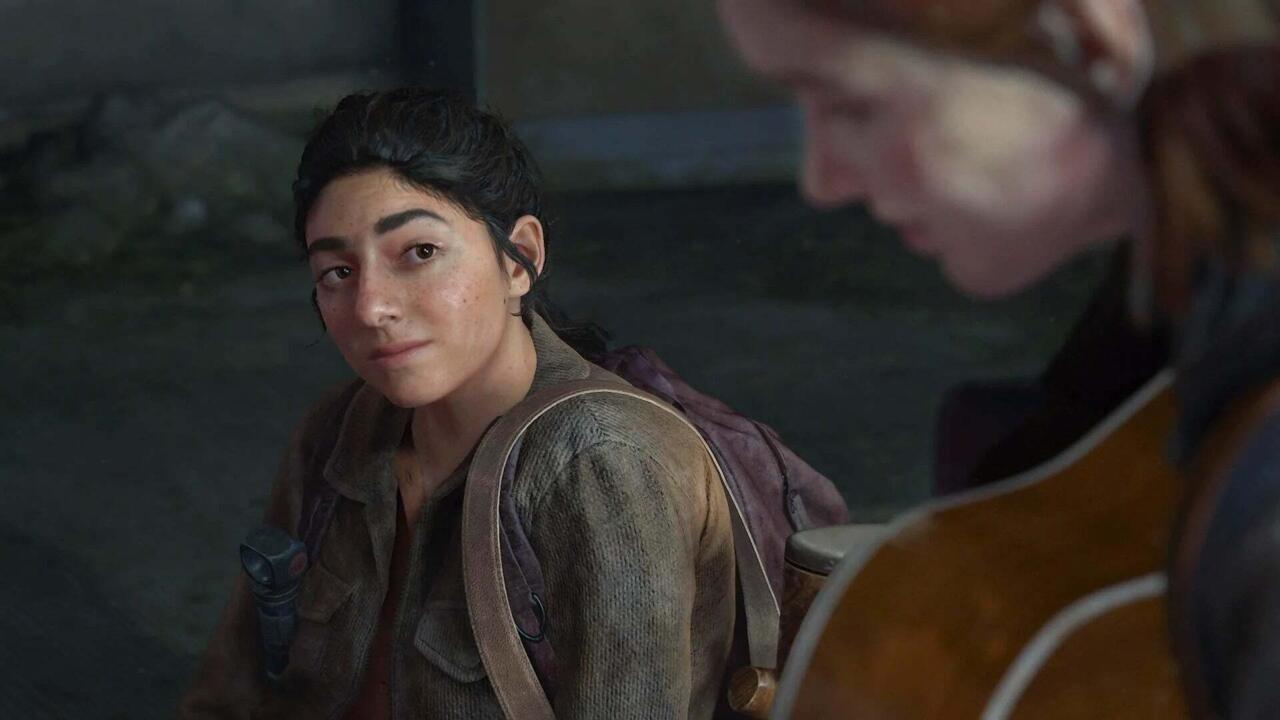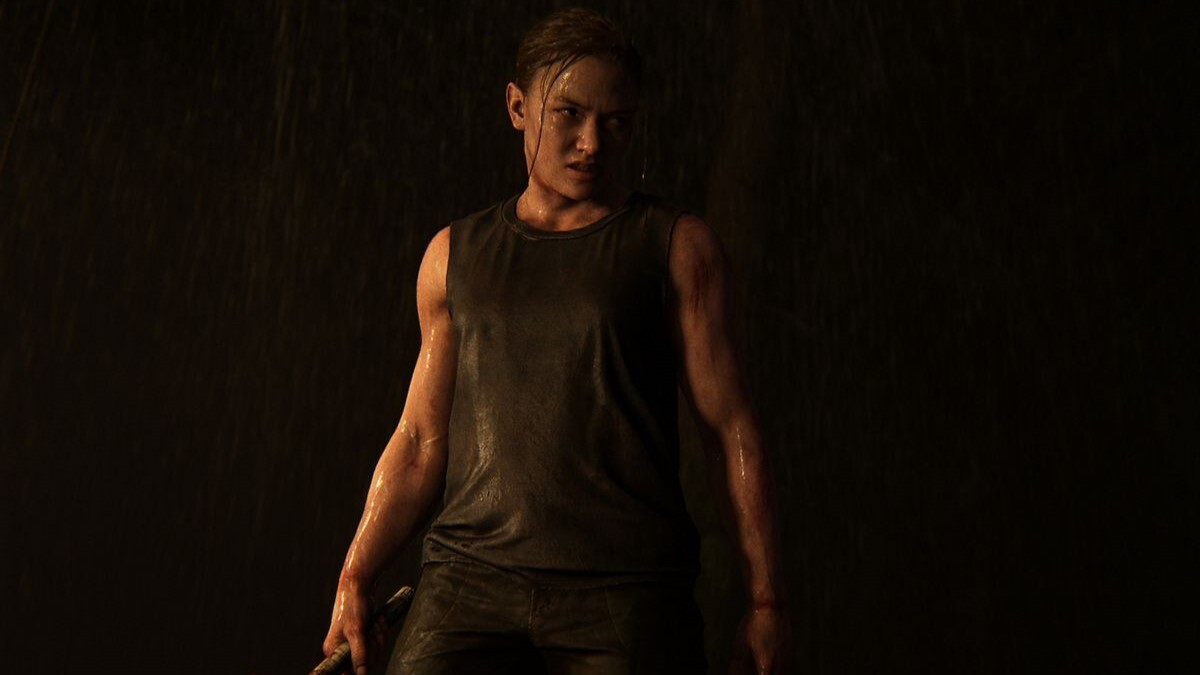No Return Feels Like The Last Of Us Part 2’s Take On Ghost Of Tsushima’s Legends Leave a comment
I am one of those people who was a little confused as to why The Last of Us Part II Remastered was launching with a roguelike mode. You could argue that the nature of Part II’s story and its analysis of the cyclical nature of revenge and grief lends itself to the structure of a roguelike, but the remaster’s new No Return mode is devoid of the storytelling of the main game. Instead, it offers an avenue for players to reacquaint themselves with and master Part II’s excellent combat mechanics. That’s not nothing, but it certainly feels like an odd addition to a franchise that primarily leans on its storytelling. And so my first question for The Last of Us Part II Remastered game director Matthew Gallant–who served as lead systems designer for the original game–was fairly straightforward: “Why do this?”
“When we were looking at making The Last of Us Part II Remastered, we were looking at what were some of the cool things we could do with the game and combat AI–those kinds of systems–are really in my blood and my background,” Gallant answered. “And in The Last of Us, yes, the combat connects to the larger themes of the story and the narrative of the game but it’s also just a really great, really robust system that is really fun and it’s designed in a way where there is a lot more to it than we thought we could do with it.”
Having now played about three hours of No Return, the biggest transformation that the roguelike structure has on Part II’s gameplay is the way it raises the stakes. Unless you’re playing Part II with the permadeath modifier enabled, death in combat is only a minor setback where a few minutes of progress is lost. My biggest issue with the permadeath modifier in Part II is that it makes death a huge setback where potentially dozens of hours can be lost. No Return is a nice in-between option, encouraging you to approach each fight with the wariness that a mistake can ruin a run but the comfort that each run lasts only about an hour at most. A loss hurts, but it’s not going to make me put the game down in frustration and never touch it again.
In terms of structure, No Return sees you pick your desired difficulty and playable character at the start. You’re then thrown into a hub area where you pick your next mission with the path forward sometimes branching and allowing you to pick what type of objective you want to tackle next. Between each mission, you’ll return to the hub where you can spend collected resources on new guns, ammo, crafting recipes, and abilities. This pattern continues until you reach the endpoint of a run, which sees you go up against a boss, like an aggressive Bloater or the infamous Rat King. The action takes place on 19 different maps, some of which can vary from run to run.
“Some of those maps will have variations in the layout,” Gallant told me. “To give an example: the Hillcrest Houses layout has some variations where sometimes some routes are open, sometimes they’re closed–like a garage door is closed [one run], and it’s open [the next]. We tried to do that kind of treatment on all our maps, each of which are some of our favorite, most iconic fights. And what I love about that is that I know the [original] maps like the back of my hand. I worked on that Hillcrest Hills level [in Part II] and so I played that level hundreds of times. So, for me, sometimes when I’m running away, I’m like, ‘I’m gonna take that alley’ but then nope, not this time. This time the alley is closed. That’s a really fun, exciting moment. It’s that moment where you had a plan, but now that plan is not gonna work. So what are you gonna do now? Those are the moments that just evoke that really exciting feeling–that’s when I think [No Return] just feels really great.”
Alongside those 19 maps, each mission sees you contend with a randomly selected enemy faction, each of which is from Part II’s main story (like the Infected or WLF soldiers). And in addition to that, each mission is divided into one of four types: Assault, Hunted, Capture, or Holdout. I wish there was a little bit more variety to these mission types as each boils down to surviving ongoing waves of enemies, just in different ways, but the different enemy types within those frameworks and the different playable characters do shake up the experience run-to-run.
Each character has their own specialty, encouraging you to play No Return in different ways. For instance, Lev is a stealth-focused character starting out with a bow and arrow and skills that increase his effectiveness at taking out enemies quietly, while Ellie is an all-rounder who doesn’t excel at anything but starts with a kit that can adapt to all kinds of situations. Of the lot, I most enjoyed my time with Abby and Yara. Abby is an absolute beast who excels at close-range combat, and her ability to heal whenever she kills an enemy with a melee attack saved me a bunch of times. Yara’s unique talent is bringing along her brother–play as her and Lev will accompany her on each mission, giving you an extra hand on your run. Yes, you can both play as Lev or play as someone who brings Lev along to fight alongside you.
It’s with these different characters that No Return shines, as it allows you to see how you might have handled certain situations with radically different characters. You only fight the Rat King in Abby’s side of Part II’s story, for example. No Return gives you the option of trying to take the behemoth on with Ellie’s kit and assortment of weapons (like explosive arrows), something not possible before. As far as I can tell, none of the characters make a run significantly easier, but each incentivizes you to approach combat in a way that’s similar but still different from the main storyline of Part II–especially all the choices that are not Ellie or Abby.

No Return reminds me a lot of Ghost of Tsushima’s Legends. Both modes focus on delivering more combat for what were largely story-driven games, appealing to players who wanted more of the gameplay without necessarily starting over in the story. Unlike Legends, however, it doesn’t look like No Return will get much in the way of updates or expansions going forward. According to Gallant, Part II Remastered is the definitive version of the game.
“We don’t have any plans to add content to the mode after launch–there’s a lot of stuff in [the remaster] and it’s a full experience,” Gallant said. “What we were looking at more with The Last of Us Part II Remastered is how much we love this game [and want to touch each part of it]. So we’re doing next-gen tech upgrades: improved fidelity in Performance mode and the haptics take advantage of the PS5. But we wanted to make [the remaster] a really well-rounded package because I think that combination of things is gonna really appeal to all players. Some really want to play like the most definitive version of the game and they wanna play with DualSence haptics, another part of the audience wants the lost levels and so we have the director commentary. And so to close that out, like the combat focus [of No Return] is just another offering for a different audience. We know that there are players who will replay our combat encounters just to do it or they’ll give themselves little challenges like, ‘I finished this fight without firing a shot,’ or something like that.”
Alongside the new content, Part II Remastered adds new accessibility options as well, expanding on the original game’s already impressive offering. “In The Last of Us Part I, we did cinematic descriptions for audio descriptions–we did them for The Last of Us Part II Remastered as well and that’s really great for blind players to be able to play the game and get the context of what’s happening in a scene,” Gallant said. “We also brought over the feature that we introduced in Part I: speech to vibrations. That’s a feature where we play the spoken dialogue through the DualSense as haptics which helps deaf players feel the delivery of a line, like where the emphasis is in the sentence.”

Even No Return benefits from the accessibility features. “All the accessibility features that work in the main story work in No Return, but it wasn’t just like we simply put them in to check a box,” Gallant said. “We really made sure that No Return was a very accessible experience to give an example. So like, that feature where you hit a button and [it] navigates you along the golden path of the story–that doesn’t really matter in a roguelike. So we changed the system so you can hit the button and it’ll navigate you to something and you can swipe down on the touchpad to change what it’s navigating you to. So you can navigate to the nearest weapon cache, you can navigate to the enemies, you can–in some modes with objectives like Capture–navigate to the [objective]. We did accessibility testing and brought in consultants to play [No Return] to catch anything else that wasn’t working well, and so I think No Return is going to be a really robustly accessible experience.”
All in all, No Return–and the improvements that Naughty Dog is making to Part II with this remaster–impressed me, but none of it wowed me. If you finished The Last Of Us Part II and you’re desperate for more of that game’s gameplay, I think No Return will scratch that itch better than replaying the story can. And if you haven’t played Part II at all, then this remaster is the version to play.
The Last Of Us Part II Remastered is scheduled to launch for PS5 on January 19, 2024.
The products discussed here were independently chosen by our editors.
GameSpot may get a share of the revenue if you buy anything featured on our site.
Credit : Source Post

